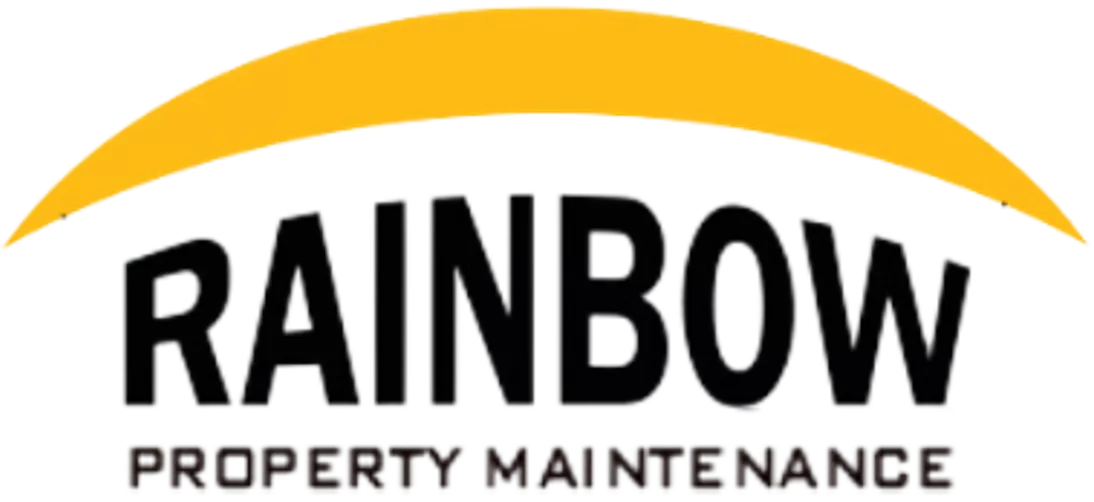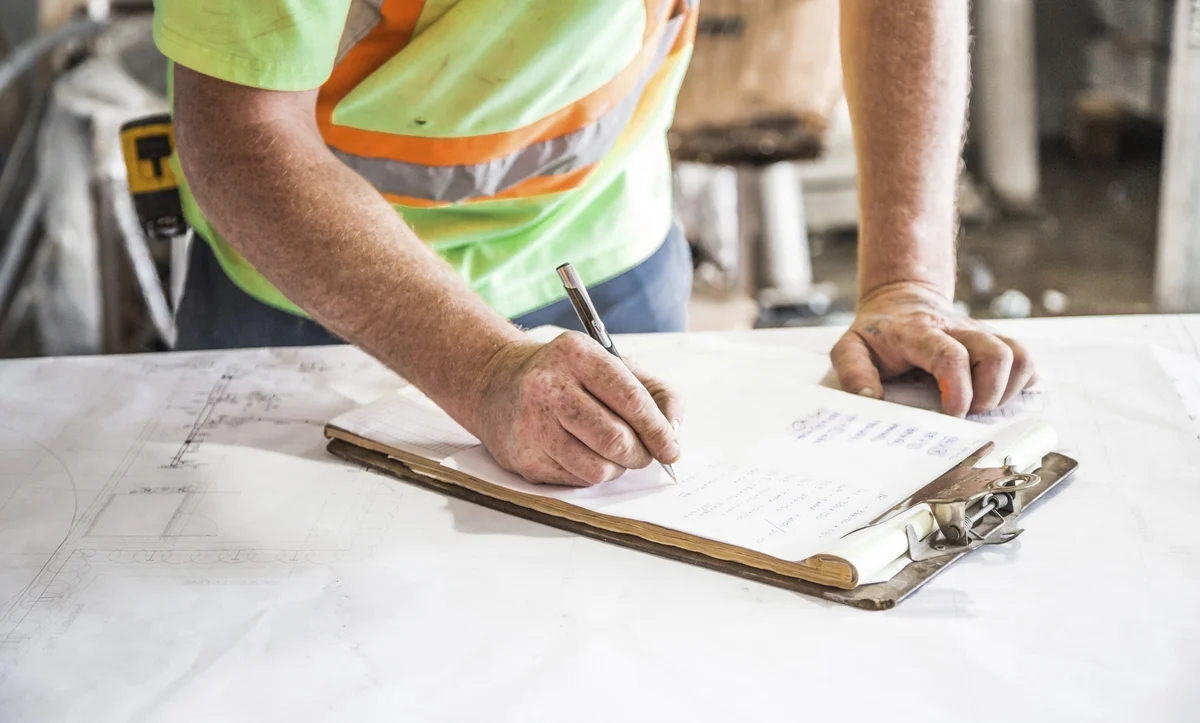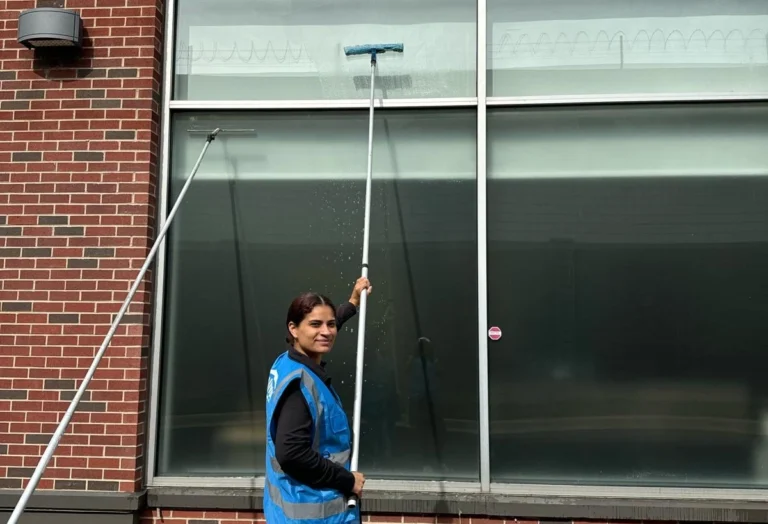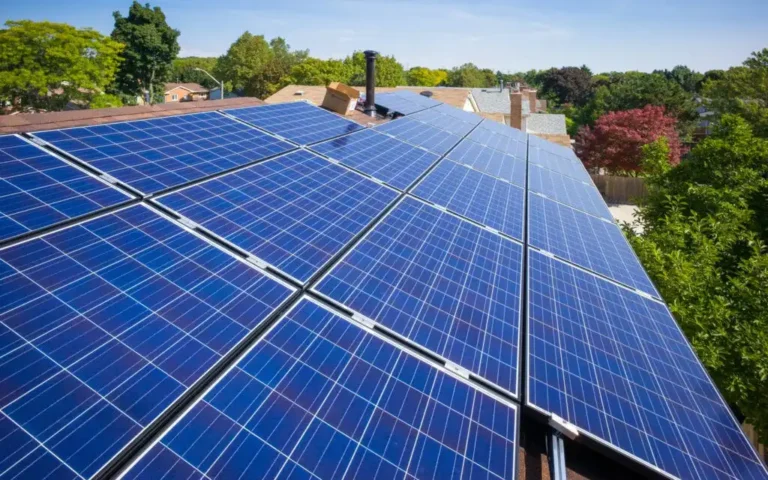Common Commercial Facility Maintenance Mistakes and How to Avoid Them
Common Commercial Facility Maintenance Mistakes and How to Avoid Them
In the world of commercial facilities, maintenance plays a pivotal role in operations, safety, and aesthetics. Yet, all too often, common mistakes in facility maintenance go unnoticed until they become costly problems. Understanding and avoiding these common maintenance mistakes can save commercial facility managers time, money, and reputation losses, ensuring their operations run smoothly and efficiently.
Key Takeaways:
- Preventative maintenance is more cost-effective than reactive repairs.
- Proper vetting of maintenance service providers ensures quality work.
- Regular inspections can catch problems before they escalate.
- Effective communication with maintenance teams improves facility care.
- Training and awareness for staff can prevent common errors.
- Adopting a comprehensive maintenance strategy avoids oversight.
Ignoring Preventative Maintenance
In the dynamic landscape of commercial facility upkeep, the adage \”a stitch in time saves nine\” holds more truth than ever. Embracing preventative maintenance not only wards off unforeseen disruptions but also establishes a foundation for operational excellence.
Understanding the Value of Pre-emptive Measures
Far too often, the immediate cost savings of deferring maintenance tasks shadow the long-term benefits of preventative strategies. Yet, those who have experienced the late-night havoc of a burst pipe or the abrupt malfunction of essential equipment know all too well the pitfalls of such oversight. Preventative measures act as a safeguard, ensuring that potential issues are addressed before they escalate into costly emergencies.
Common Areas Overlooked
It’s surprising how easily routine checks can slip through the cracks. Areas such as HVAC systems, roofing, and plumbing are prime examples where regular oversight can significantly prevent the degradation of a facility’s integral components. Neglecting these areas not only poses risks to the structural integrity and safety of a building but can also lead to steep repair bills that dwarf the cost of regular maintenance.
Cost Comparisons
When we examine the economics of preventative versus reactive maintenance, the numbers speak volumes. Research indicates that proactive maintenance can result in up to a 30% reduction in costs over the life cycle of machinery and equipment. This translates into tangible savings and fosters a more predictable budgeting process, eliminating the financial unpredictability that often accompanies emergency repairs. As we transition from discussing the crucial role of active upkeep in commercial facilities, it becomes evident that the path to cost-effective facility management lies in a proactive approach to maintenance. Explore our tailored Commercial Floor Cleaning Services for exceptional upkeep.
Poor Vendor Selection and Management
Choosing the right maintenance contractor goes beyond comparing bids; it’s about forging partnerships that align with your facility’s needs and standards. Our experience dictates that thorough vetting of contractors is not a step to be skimmed over—it’s a cornerstone for successful facility management.
The Importance of Thorough Vetting
We’ve learned the hard way that every contractor’s promise doesn’t always translate to performance. Beyond their skills, you need a team that communicates effectively, has a solid track record, and, importantly, shares your commitment to quality. It’s a lesson many in our industry learn after a fallout, emphasizing the critical role of in-depth evaluations and reference checks.
Strategies for Effective Vendor Management
Once onboard, managing these relationships is just as crucial as the initial selection. Regular meetings, clear communication of expectations, and performance evaluations keep both sides accountable. It encourages a culture of continuous improvement, vital for adapting to the changing needs of your facility.
Stories of Missteps
The tales of selections gone wrong are numerous but instructive. From contractors cutting corners and causing longer downtimes, to those underdelivering on service quality—each story underscores the tangible costs of poor choices: financial strain, operational setbacks, and tarnished reputations. Our approach to this challenge has been to prioritize partnership over mere procurement. It’s a strategy that requires effort up front but pays dividends in reliability and service quality. This philosophy has steered us clear of many potential pitfalls, highlighting the quintessential role of smart vendor selection and management in averting maintenance errors. Explore our tailored Commercial Floor Cleaning Services for exceptional upkeep.
Neglecting Regular Inspections
Regular inspections stand as a bulwark against the surge of unexpected maintenance crises that can besiege commercial facilities. Emphasizing their importance, we align our practices to preempt significant issues, ensuring a seamless operational flow.
How Routine Inspections Forestall Pivotal Maintenance Issues
The mantra we abide by is straightforward: \”Prevention is better than cure.\” Routine inspections are pivotal in identifying minor problems before they escalate into expensive repairs. From detecting early signs of wear and tear to ensuring all systems are operating within their specified parameters, these checks are invaluable. They not only prolong the life of equipment but also significantly reduce the likelihood of operational disruptions.
A Checklist for Commercial Facility Inspections
Our checklist is comprehensive, covering all facets of the facility. It includes, but isn’t limited to, electrical systems, plumbing, HVAC, roofing, and fire safety systems. Each element is carefully inspected for signs of potential failure, with detailed reports documenting the findings. This systematic approach ensures no stone is left unturned, providing peace of mind that the facility remains in top condition.
Leveraging Technological Tools
Advancements in technology have revolutionized how inspections are conducted. Drones, for instance, are now utilized for roofing inspections, providing high-resolution imagery of hard-to-reach areas. Similarly, IoT sensors monitor systems in real-time, alerting us to anomalies that may require attention. These tools not only streamline the inspection process but also enhance our ability to diagnose and address issues expediently. By fostering a culture that prioritizes regular inspections, we steer clear of the pitfalls that negligence can invite. It’s a disciplined approach that underscores our commitment to excellence in facility management. Learn about our specialized Disinfection Services for maintaining hygiene in commercial facilities.
Communication Breakdowns with Maintenance Teams
Effective communication is the linchpin of successful maintenance operations within any commercial facility. Experience has taught us that overlooking this critical aspect can lead to a cascading effect of maintenance failures, adversely affecting overall facility care.
The Impact of Poor Communication
Poor communication between facility managers and maintenance teams can result in missed maintenance schedules, overlooked repairs, and unaddressed issues that escalate into costly problems. It disrupts the workflow and can significantly diminish the efficiency of operations, leading to potential safety hazards and increased operational costs.
Best Practices for Effective Maintenance Team Communication
We advocate for open, clear, and regular communication channels. This includes scheduled meetings, detailed maintenance plans, and feedback mechanisms between facility managers and the maintenance team. Effective communication ensures everyone is on the same page, with a clear understanding of their responsibilities, timelines, and objectives.
Embracing Digital Tools to Bridge Communication Gaps
The advent of digital technology offers innovative solutions to overcome traditional communication barriers. Utilizing maintenance management software enables real-time updates, work order tracking, and seamless communication between all parties involved. These tools not only improve efficiency but also enable proactive maintenance strategies, significantly reducing the incidence of communication-related errors. Through continual improvement of communication strategies and leveraging technology, we fortify our maintenance operations against the pitfalls of miscommunication. By prioritizing clear, concise, and constant communication, we enhance our capacity for proactive facility care, ensuring our facilities operate smoothly and efficiently. Find out how our Janitorial Services in Chicago can enhance your facility’s maintenance plan.
Overlooking Staff Training and Engagement
In the intricate ecosystem of facility maintenance, the significance of robust staff training and active engagement cannot be overstated. A well-informed team is our first defense against the intrusion of common maintenance challenges, safeguarding against the oversights that can escalate into complex issues.
The Role of Training in Curtailing Maintenance Errors
Comprehensive training programs serve as the foundation for impeccable facility care. By arming our team with the latest maintenance techniques and insights into proactive problem identification, we significantly diminish the probability of oversight. This educational groundwork ensures each member is adept at not only identifying potential issues but also addressing them before they amplify.
Strategies for Enticing Staff Commitment to Best Practices
Engagement transcends mere job knowledge; it infiltrates the very fabric of our maintenance culture. Strategies such as hands-on workshops, regular knowledge-sharing sessions, and incentivizing exemplary adherence to maintenance protocols cultivate a vested interest among staff in the welfare of the facility. This heightened sense of ownership prompts attentiveness to detail and dedication to maintenance excellence.
Illustrative Examples of Effective Training Initiatives
Our commitment to training excellence is illustrated through a variety of programs: from HVAC system troubleshooting workshops to emergency response drills, each initiative is designed with precision to address specific facets of facility management. The palpable results of these training sessions—reduced error rates, enhanced team efficiency, and an uplift in facility upkeep standards—affirm their indispensable value. Neglecting the pivotal role of training and engagement in maintenance operations is a gamble we choose not to take. Acknowledging their importance, we invest in our team’s continuous development, a decision that fortifies our resilience against maintenance lapses and fosters an environment of unyielding care for our facilities. Find out how our Janitorial Services in Chicago can enhance your facility’s maintenance plan.
Failing to Update Maintenance Plans
The sheer pace at which commercial facilities evolve necessitates a dynamic approach to maintenance planning. Neglecting to regularly refine these plans can swiftly transform a minor oversight into a substantial detriment to facility upkeep.
Revising Plans to Meet Current Demands
Flexibility in maintenance planning is paramount; what worked yesterday may not suffice tomorrow. Regular assessments of the maintenance strategy, in line with the ever-shifting needs of the facility, are essential. Adjustments may be required due to new equipment, altered usage patterns, or the introduction of more efficient maintenance methodologies.
Embracing Technological Innovations
The integration of new technologies into maintenance strategies offers a compelling advantage. Automated systems and smart sensors, for example, can predict maintenance needs, significantly reducing downtime and preemptively addressing issues before they escalate. Such technological enhancements not only streamline the maintenance process but also elevate the overall standard of facility care.
Impact on Facility Upkeep
The implications of updating maintenance plans are profound. Facilities that proactively adopt improvements and technological advancements in their maintenance strategies reap benefits in the form of reduced repair costs, extended lifespan of assets, and enhanced operational efficiency. It underscores the criticality of adaptability in maintenance planning to the sustained well-being of commercial environments. At our core, we recognize the dynamic nature of commercial facility maintenance. It’s an understanding that compels us to constantly seek out and apply the latest advancements and efficiencies, ensuring that our maintenance strategies are not only current but proactive in preserving the integrity and operational excellence of the facilities under our care. Find out how our Janitorial Services in Chicago can enhance your facility’s maintenance plan.
Conclusions
Navigating the maintenance of commercial facilities necessitates a proactive stance. Throughout this article, we’ve delved into common pitfalls that facility managers might encounter, emphasizing the crucial interplay between prevention and vigilance. Reflecting on our journey from acknowledging the necessity of preventative maintenance to adopting innovative technologies, it’s evident that the path to maintaining operational excellence and aesthetics within commercial spaces isn’t merely about rectifying oversights; it’s about foresight, comprehensive planning, and adapting to evolving dynamics. The cornerstone of averting these common mishaps lies in recognizing the value of regular inspections and the role they play in preempting complications. Equally, fostering a culture of effective communication and continuous learning among maintenance teams can significantly mitigate risks. It’s about creating a symbiotic relationship where training and engagement are not perceived as obligations but as invaluable assets to both staff and the facility at large. Embracing technological advancements further amplifies our capabilities, allowing facilities to not just meet current standards but to anticipate future maintenance needs. It’s through this lens of constant evaluation and adaptation that facilities can thrive, ensuring they not only remain operational but become exemplars of efficiency and safety. The culmination of our exploration underscores a simple yet profound truth: the essence of exceptional facility upkeep is not found in responding to the present but in anticipating the future. As we shift our mindset from reactive to proactive maintenance, we unlock the full potential of our facilities, paving the way for a future where common maintenance mistakes are no longer a threat but a footnote in the annals of facility management. For those ready to elevate their facility’s maintenance standards to new heights, exploring our tailored cleaning and maintenance services offers a gateway to not just averting common mistakes but to achieving a level of care and diligence that sets new benchmarks in facility maintenance. By harnessing the insights shared in Common Commercial Facility Maintenance Mistakes and How to Avoid Them, facility managers are well-equipped to navigate the complexities of maintenance with confidence, ensuring their facilities are not just maintained but truly cared for.
Frequently Asked Questions (FAQ):
How often should commercial facilities undergo a thorough inspection?
Commercial facilities should have thorough inspections at least once a year, but high-traffic areas may require more frequent checks.
What are the most commonly overlooked areas in facility maintenance?
Roofing, HVAC systems, and plumbing often receive less attention than they require until problems arise.
Can digital tools really improve facility maintenance management?
Yes, digital tools offer streamlined workflows, better documentation, and improved communication between teams.
What role does training play in preventative maintenance?
Training equips staff with the knowledge to identify and address small issues before they become larger problems.








